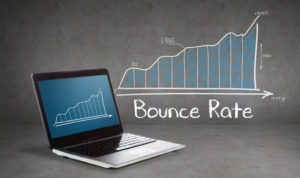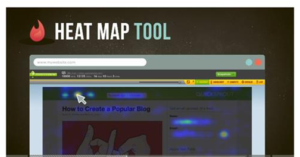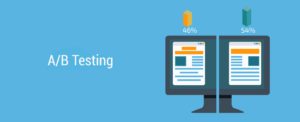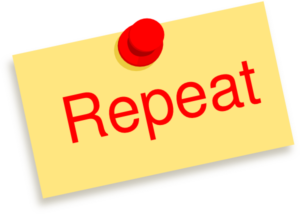Why Is Your Bounce Rate High? How To Improve It?
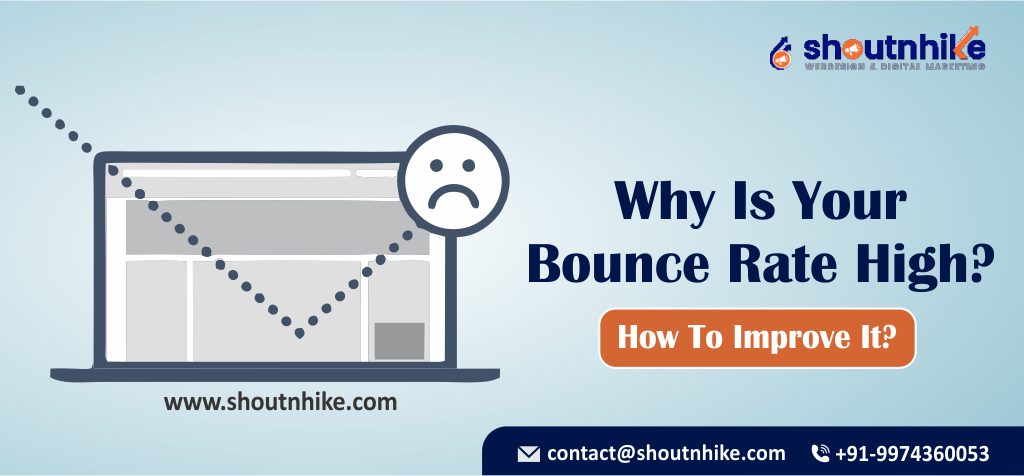
Bounce rate is the number of users that leave your users after the first click without exploring the page further. You can measure the bounce rate of your pages with Google Analytics or any other similar tool. The experts at a digital marketing company in Ahmedabad suggest that not every bounce is terrible.
Website bounce rate usually ranges from 26% to 70%. High bounce rate means your website needs improvement. Well, it’s not always accurate as some people visit the site just to get a few details and that might be a conversion as well. But, if the bounce rate is very high, you might need to find the reasons first.
Possible Reasons
-
Low-quality Content
[Image Courtesy:jturnerwebservices.co.uk]
First of all, if the content on your website is of poor quality, the users will go back to return never. Write less, but provide quality to your customers. The content you write must be informative and free from any kind of errors. Don’t only write promotional content, but also include buying guides, comparisons, features, cons, etc.
-
Bad User Experience

Is your website easy to navigate? And before that, is the layout organized? From colors to layout, and navigation, everything matters when it comes to user experience. Anything that is not pleasing or makes it tough to explore your website will push users to step back instead of browsing further.
-
Slow Website
[Image Courtesy:techwyse.com]
Whatever is making your website slow adds to bounce rate. The pages should load instantly because even a few seconds delay is enough to irritate your visitors. They will go to another page instead of waiting and browsing further if your landing page takes more than expected time.
-
Technical Issues
[Image Courtesy:bing.com]
Any kind of technical errors can make the visitors feel like leaving the page as soon as it loads. You might not even know about such errors, and then the bounce rate comes as an alert. If the bounce rate of a specific page is exceptionally high, visit it like a normal user. Analyze the page, see what can be improved and check for errors.
How To Reduce Bounce Rate
-
Start With A Page That Has The Worst Bounce Rate
[Image Courtesy:http://zone1-aqusagtechnologi.netdna-ssl.com]
Find out the one page that needs the most improvement. Make sure the page has something else to navigate and still people aren’t browsing further.
-
Record User Navigation With A Recording Tool
[Image Courtesy:semanticscholar.org]
Recording tools help you see what visitors are doing by recording their mouse clicks. It helps you track what went wrong that a user stepped back. Pick the page with the worst bounce rate and check what visitors we’re doing before they left the page.
-
Run A Heatmap
[Image Courtesy:monitis.com]
Heatmap is a tool that lets you know where most of your engagement is coming. It helps you find the right spot for the call to action button. Use it on the page you selected.
-
Analyze And Collect Data For A/B Testing
[Image Courtesy:silicon.nyc]
With the tools, you must have found the loopholes that are making your visitors go back. Now, it’s time to improve such issues with A/B testing.
-
Initiate A/B Testing
[Image Courtesy:bluetent.com]
You can perform it with the help of any suitable tool. The testing process allows you to try multiple options to find out which works best in improving bounce rate.
-
Implement The Results
[Image Courtesy:content.efilecabinet.com]
Make changes on the page and implement optimization results retrieved from the A/B testing.
-
Repeat Until You Are Done With All Pages
[Image Courtesy:clker.com]
Switch to next page and keep repeating the cycle with all the pages with high bounce rate.
So, you can easily improve the bounce rate of your pages by these simple efforts.
















